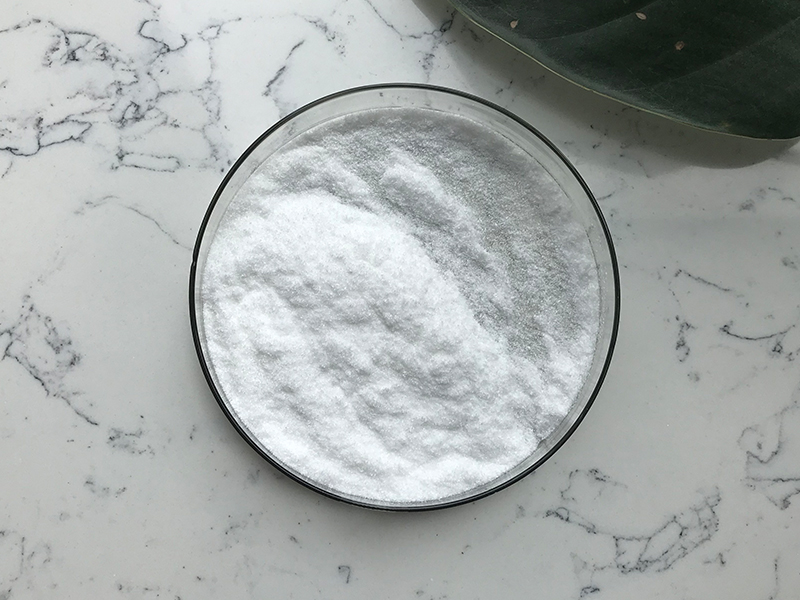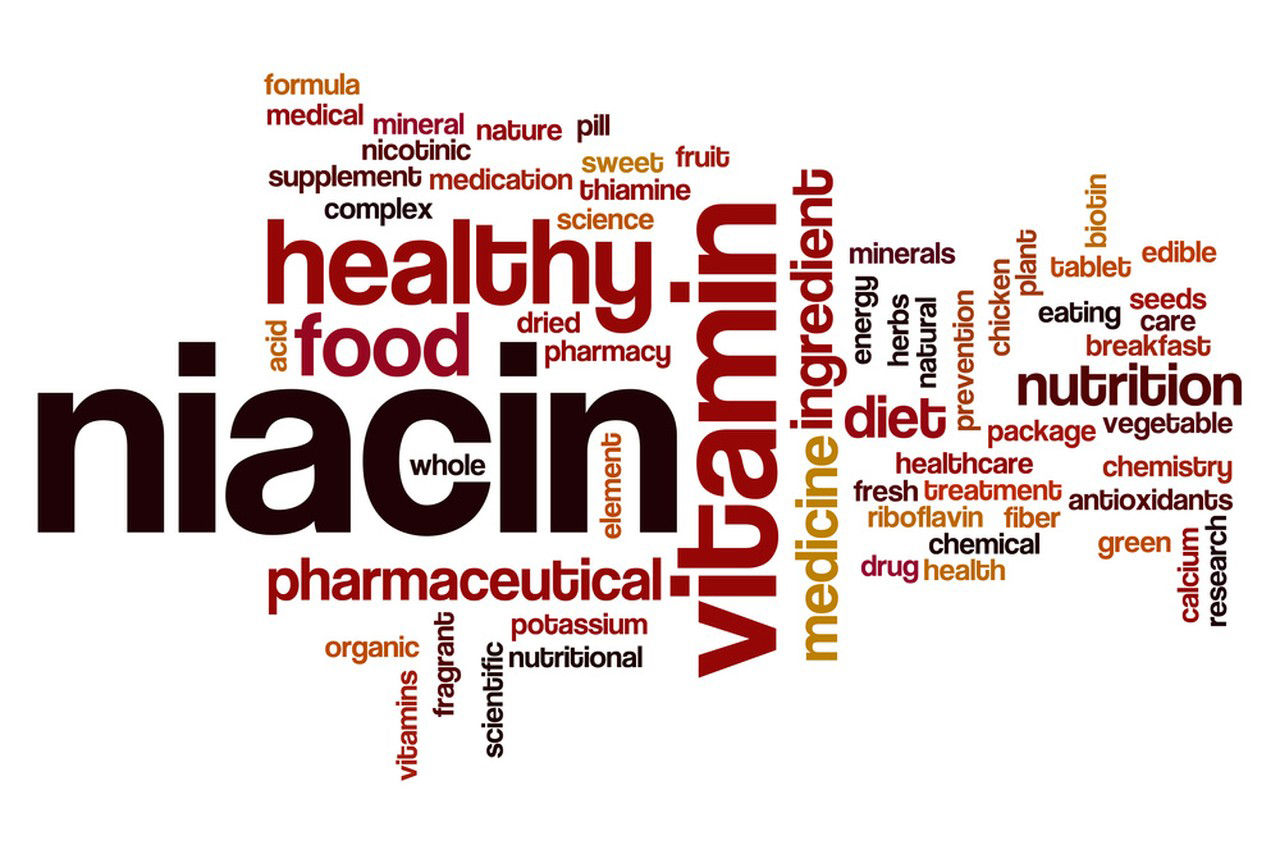Niacin, also known as vitamin B3 or nicotinic acid, is an essential nutrient vital for various bodily functions. Here’s an overview of its origin, nature, and introduction:
Origin and Nature:
1.Discovery: Niacin was discovered in the early 20th century through studies on deficiency diseases like pellagra, which were prevalent in populations whose diets lacked foods containing niacin.
2.Chemical Structure: Chemically, niacin is known as nicotinic acid. It is a water-soluble B vitamin (B3) and plays a crucial role in the body’s energy production processes, as well as in maintaining healthy skin, nervous system, and digestive system.

3.Forms: Niacin exists in two principal forms: nicotinic acid and niacinamide (nicotinamide). Both forms are precursors to coenzymes involved in cellular metabolism, particularly in the pathways that generate energy from carbohydrates, fats, and proteins.
Introduction:
1.Deficiency Concerns: Pellagra, a disease characterized by dermatitis, diarrhea, and dementia, was prevalent in populations relying heavily on corn-based diets. It was eventually linked to niacin deficiency, highlighting the importance of this vitamin in human nutrition.
2.Sources: Niacin is naturally present in many foods, including meat, fish, poultry, enriched grains, and legumes. It can also be synthesized within the body from the amino acid tryptophan.
3.Supplementation: Beyond dietary sources, niacin supplements are widely available and used to treat or prevent deficiencies. These supplements are available in different forms, including immediate-release and extended-release formulations.

4.Medical Uses: Niacin has been used therapeutically to manage conditions like high cholesterol and triglyceride levels. It can help raise HDL (“good”) cholesterol while lowering LDL (“bad”) cholesterol levels, though its use for this purpose has become less common due to other more effective medications.
5.Side Effects: High doses of niacin can cause side effects such as flushing of the skin, itching, and liver toxicity, which necessitates caution in its therapeutic use.
Conclusion:
Niacin’s discovery and understanding have significantly impacted nutrition and medicine, particularly in addressing deficiency diseases and exploring its therapeutic potential in cardiovascular health. Its roles in energy metabolism and cellular function underscore its essential nature in human health.
